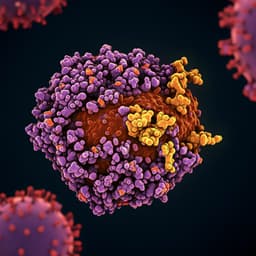
Medicine and Health
OUTCOME OF COVID 19 PATIENTS REQUIRING HEMODIALYSIS
Samad, Disha, et al.
This study investigates the outcomes of COVID-19 patients requiring hemodialysis, revealing a notably low mortality rate of 11.23%. Higher mortality was associated with patients exhibiting severe clinical manifestations and complications. The research emphasizes the importance of close monitoring and guideline-based care. Conducted by Samad, Disha, Saha, Khalid, and Kms, this study provides vital insights into patient care strategies.
~3 min • Beginner • English
Related Publications
Explore these studies to deepen your understanding of the subject.







